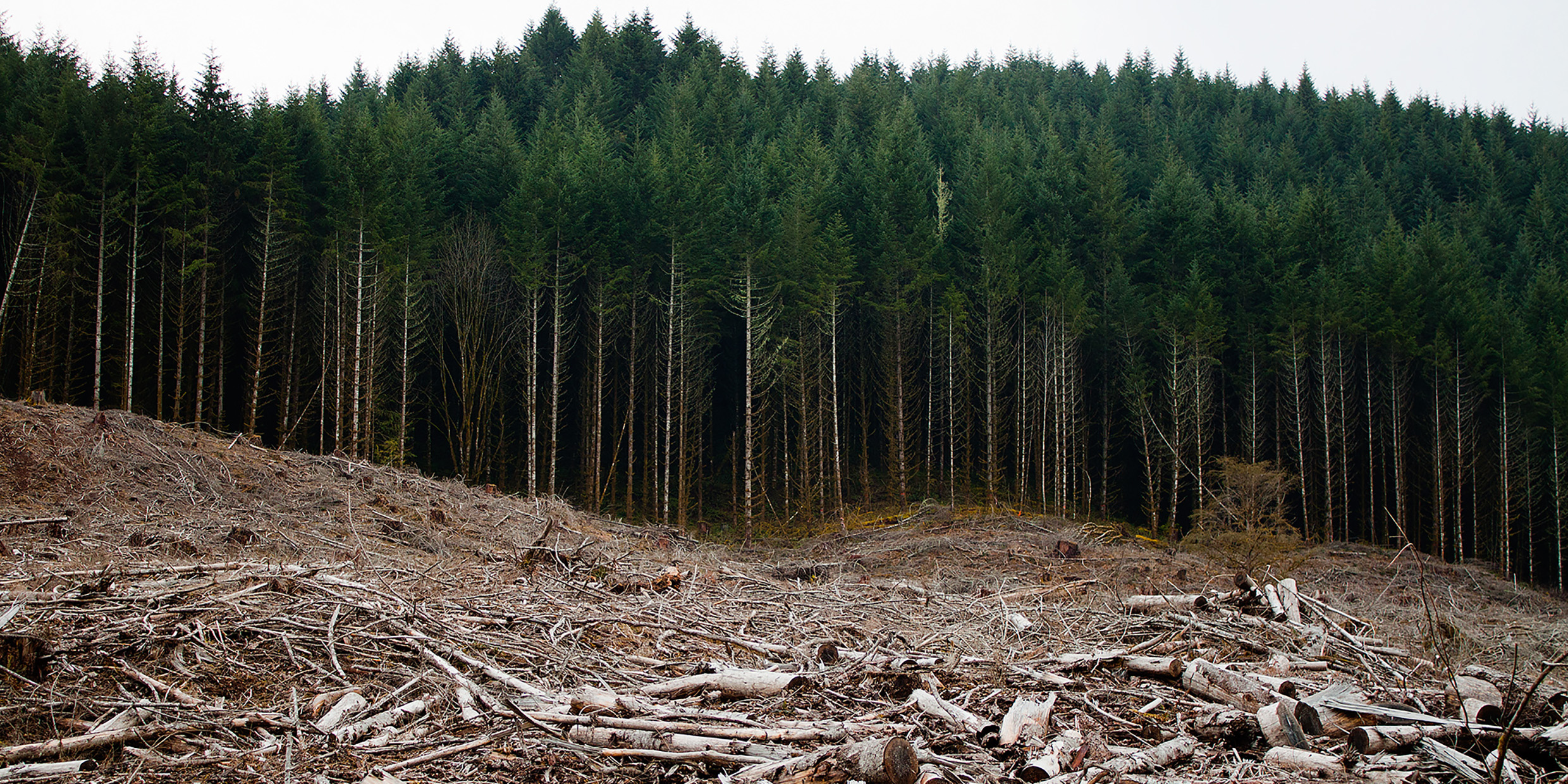Originally published 13 April 1987
There is no better time than April for walking in the New England woodlands. The weather is warm, the snow is gone. Winter has cut down the briar and brush, opening up places that in a few week’s time will be made impassable by new growth.
No matter how far you stray into the trackless woods, you are likely to find stone walls and cellar holes from a time when the land was cleared. So common are these relics of New England’s past, that it sometimes seems no acre of the present forest was not once farmed and settled. By the mid-19th century, nearly three-quarters of the land had been cleared for agriculture or settlement.
Most of the cleared land was poorly suited for farming; the typical New England field was as likely to yield a crop of stones as a crop of corn. When richer, less stony land opened up for settlement in the Midwest, Yankee farmers packed up and migrated. Slowly, the forest reclaimed their fields. Stone walls that once bounded fields and pastures were pushed down by the expanding boles of trees. Abandoned houses fell into cellar holes and plants took root in the rubble. Today, three-quarters of New England is wooded. The ratio of cleared land to wooded land has been completely reversed.
It was a small victory for green — and for the creatures that green things shelter.
Widespread deforestation
A battle was won, but the war may be lost. We have heard much recently about the potentially catastrophic consequences of deforestation. Particularly in the tropics, forests are being bulldozed for mining and farming at an alarming rate. Satellite surveys show that an area the size of West Virginia is being cleared each year, and some ecologists believe the actual rate may be twice that. Scientists have recognized the dangers of unchecked deforestation for some time, but governments and developmental organizations are only now beginning to notice.
Deforestation will affect climate. Plants maintain the balance of carbon dioxide in the atmosphere. Carbon dioxide traps heat from the sun (the greenhouse effect). If the total mass of green plants is substantially reduced, the level of carbon dioxide will rise. Deforestation will eventually lead to a warming climate, melting ice caps, and rising sea levels.
But it is the effect of deforestation on the diversity of life that most immediately concerns biologists. Tropical forests are habitats for an astonishingly rich variety of plants and animals. If the present rate of clear-cutting continues, all tropical forests may be gone before the end of the next century, and with them possibly 50 percent of all species.
No comparable biological catastrophe has occurred on this planet since the time of the dinosaur extinctions 63 million years ago, when 60 to 80 percent of all living species became extinct, perhaps because of the impact of a massive meteorite.
Consequences of inaction
Why should we be concerned? Only a small fraction of the plants and animals that live in tropic forests have even been observed by scientists. Most of the unrecorded species are insects. Surely the world can get along with fewer bugs? How can we miss what we don’t even know exists?
A few weeks ago [in 1987], in a report to Congress, the Office of Technology Assessment in Washington emphasized the economic value of diversity. For example, it noted that the “loss of plant species could mean loss of billions of dollars in potential plant-derived pharmaceutical products.” To conserve that future economic potential, OTA urged Congress to set a strong national policy to protect biological diversity worldwide.
Stressing the economic consequences of deforestation may be the most effective way to get governments to intervene. But economics alone will not be enough to protect the diversity of life on the planet. In his keynote address to a conference on biological diversity last fall, biologist Paul Ehrlich of Stanford University insisted that “a quasi-religious transformation leading to the appreciation of diversity for its own sake, apart from obvious direct benefits to humanity, may be required to save other organisms and ourselves.”
Here in New England, where (for the time being) the woods have made an impressive comeback, the threatened forests of Brazil, Zaire, Malaysia, or Sri Lanka seem far away and unimportant. It is easy to forget the thousands of imperiled orchids of the tropics when we find in our own woodlands a 19th-century cellar hole filled with lady-slippers. And it is easy to put out of mind the countless species of tropical insects that face extinction as we admire the first mourning cloak butterfly of the New England spring.



